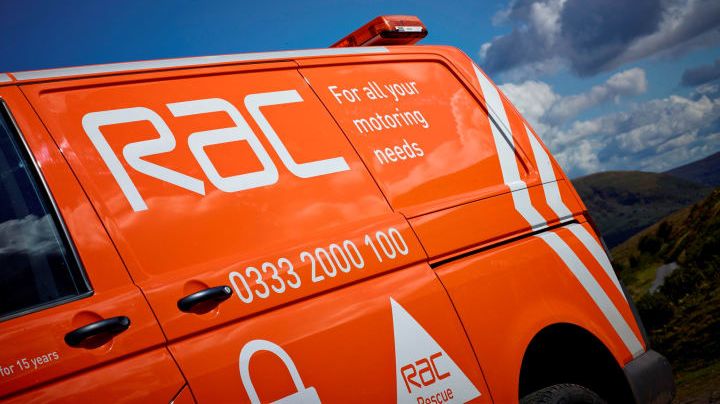News -
RAC comments on draft air quality guidance from NICE
Commenting on draft guidelines published today by the National Institute for Health and Care Excellence (NICE), RAC roads policy spokesman Nick Lyes said:
“While only in draft form at this stage, there is a lot in NICE’s guidelines that is worthy of serious consideration when it comes to tackling air quality. No idling zones, and the suggestion that local authorities should think again about speed humps which cause motorists to brake and then accelerate again, are eminently sensible suggestions and both have the potential to improve the quality of air locally. Empowering town and city planners to consider air quality when it comes to the location and new developments and infrastructure is also critical.
"Clean Air Zones will play their part in focusing on the most polluting vehicles, however the implications restricting certain vehicles from local areas needs to be carefully thought through. Other suggestions such as higher parking charges and more restrictions are also unlikely to reduce congestion and improve air quality – this could just push the problem elsewhere.
“NICE also acknowledges the importance of improving the flow of traffic – since air quality is often at its worst where congestion appears, a point that the RAC has made on a number of occasions.
“Variable speed limits are an increasingly common sight on the UK’s motorways, and drivers can expect to see many miles more as new smart motorways are rolled out. Many motorists using busy sections of the network will already be well used to driving at speed limits under the normal 70mph. It is the case that speed limits that adjust to the weight of traffic can improve flow. So it is positive that a connection has been made between more variable speed limits and improved air quality.
“There is a role that individual drivers can play here by thinking about their driving style to reduce emissions – and doing so can actually save them money. But the individual changes drivers can make become less relevant when they are sat in traffic.
“Poor air quality is primarily a localised problem, so requires locally-developed solutions. But the conclusion of NICE’s consultation should mean that councils have clear guidance they can use to decide what changes they need to bring in to tackle pollution hotspots.
“Recent research for the RAC Report on Motoring indicated that motorists want to see tougher action being taken to reduce air pollution in their local area. More than a third (34%) said they have concerns about air quality near where they live, while four in 10 drivers (41%) said that they are more concerned about vehicle emissions now than 12 months ago.”


